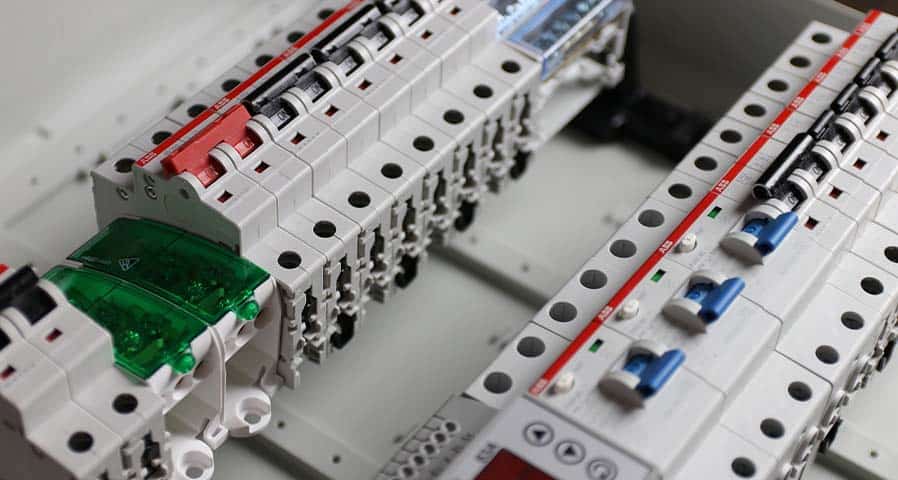How Facility Managers Can Cut Energy Costs Without Sacrificing Performance
Discover how facility managers can cut energy costs effectively to enhance operational efficiency and save resources.

Anything that involves working with electricity demands caution and adherence to safety protocols. Circuit breakers, essential components of electrical systems, play a critical role in preventing electrical hazards. However, replacing or installing circuit breakers requires careful attention to safety measures to avoid potential risks. Here’s a comprehensive guide to replacing circuit breakers while prioritizing electrical safety.
Circuit breakers serve as vital safety features within electrical systems. Their primary function is to interrupt the flow of electricity when an overload or short circuit occurs, thereby preventing electrical fires or damage to appliances. However, improper handling of circuit breakers can lead to hazardous situations. Let’s explore the essential safety tips for replacing circuit breakers:
Before commencing any work on the circuit breaker panel, it’s imperative to switch off the main breaker and isolate the panel. This precautionary step is crucial for ensuring personal safety and preventing electrical accidents during maintenance or installation procedures.
When working with circuit breakers, particularly in environments with potential arc flash hazards, wearing appropriate personal protective equipment (PPE) is essential. Conduct a thorough assessment of the equipment to identify any exposed circuit parts or installation flaws that may pose risks.
Selecting the correct circuit breaker is paramount to ensure compatibility with the existing panel. Verify that the breaker possesses the appropriate amperage rating and compatible wiring. For assistance in identifying the right type of circuit breaker, consult with knowledgeable professionals like Action Services Group.
Prior to installation, inspect all tools, wires, and new parts to ensure they are free from damage. Conducting these inspections not only guarantees proper functioning of connections but also helps in saving time and avoiding potential issues in the future.
Even when the main breaker is turned off, certain components within the panel may retain electrical charge. Exercise caution and utilize proper tools and procedures to handle potentially energized components safely.
Following the replacement or installation of a circuit breaker, conduct a thorough inspection of all new parts and connections by a licensed technician. Avoid simply flipping the breaker to check functionality, as this can lead to severe damage if connections are improper.
Regular inspections and maintenance of the circuit breaker panel are crucial for ensuring long-term safety and optimal performance. Detecting and replacing worn-out breakers during routine checks can prevent potential hazards and safeguard the electrical components of the building.
Prioritizing electrical safety is paramount when replacing circuit breakers. By adhering to these safety tips and consulting with experts like Action Services Group, individuals can mitigate risks and ensure the efficient functioning of electrical systems. Remember, safety should always be the top priority when working with electricity.
Using a professional electrical contractor is the best way to adhere to safety and electrical codes for commercial facilities. Action Services Group has a nationwide network of certified electricians to assist with electrical services and projects. Call 610-558-9773, email [email protected] or schedule a call to learn more.
One Response